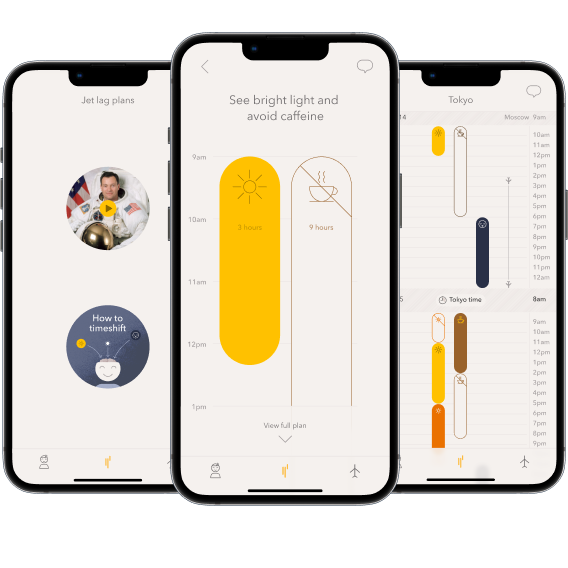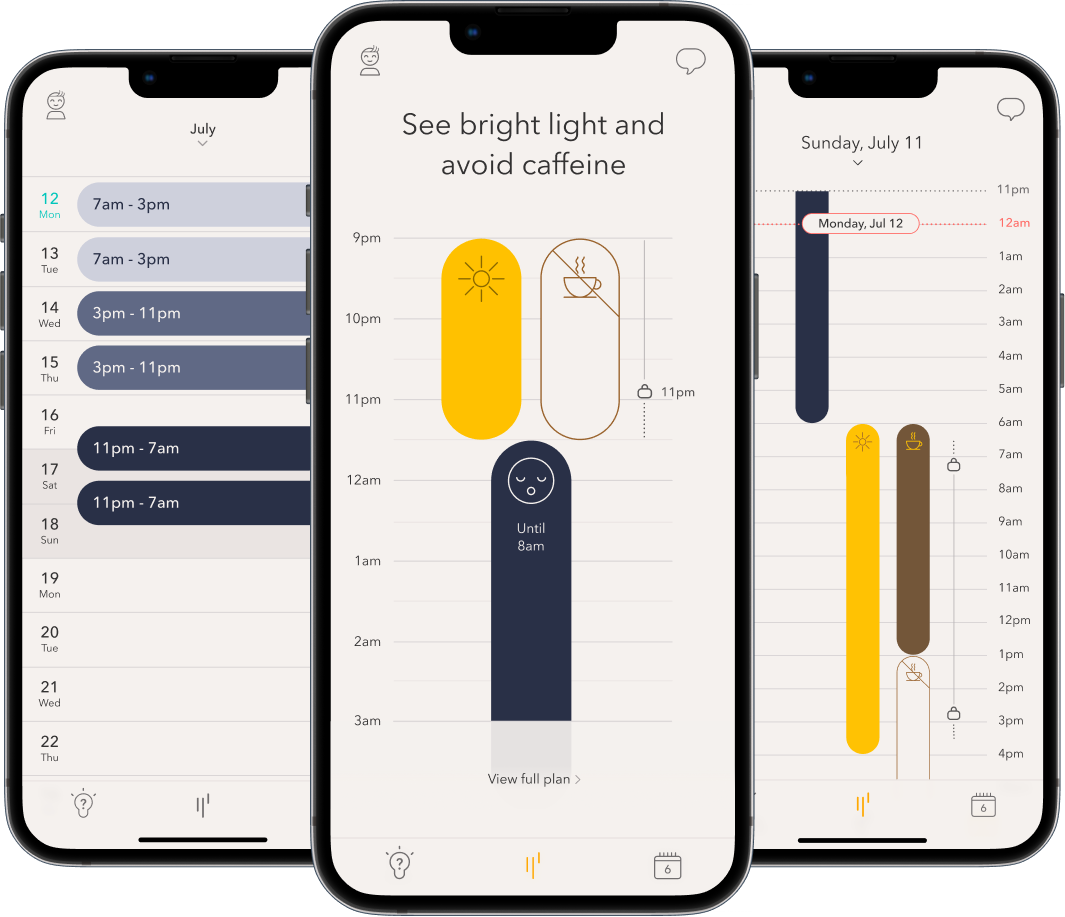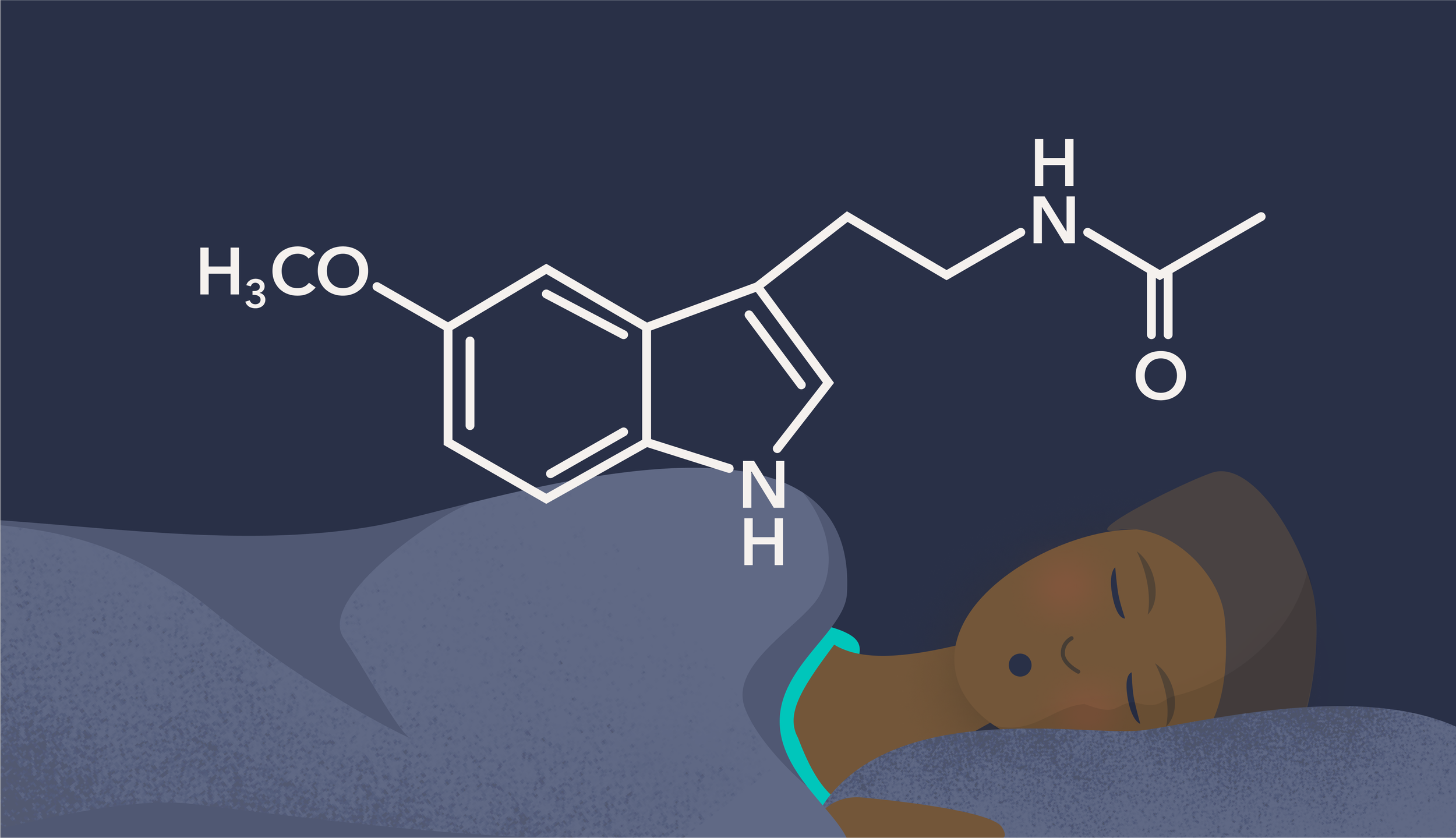We help astronauts and mission controllers perform at their best
When planning a mission to the space station, timing is everything – timing the launch, the flight, when to dock, and complex crew schedules. These decisions depend on many external factors such as technical considerations, orbital mechanics (the path that the spacecraft needs to follow to meet the ISS at the right place), variations in the weather, and crew schedules. Timing is also a key factor in ensuring the astronauts are at peak performance. This is where Timeshifter becomes a key partner.
CircadianTech pioneer Timeshifter
Timeshifter was founded to translate circadian neuroscience into breakthrough technology solutions that improve people’s performance, safety and health. Dr. Steven Lockley, the company’s Co-founder and Chief Scientist, has worked with clients such as NASA and Formula 1 on managing jet lag, shift work, and peak performance. With 30 years of research experience, he is considered an international leader in the fields of sleep and circadian rhythms.
Axiom Space Ax-1 crew preparing for launch to the International Space Station
Preparing for launch
One of the key factors to ensure peak performance is sleep timing, and astronauts are working with Timeshifter to ensure they will be ready before, during, and after the countdown starts. The astronauts have to wake up a certain number of hours before launch so that there is enough time to go through the final checks, get into their spacesuits and transfer to the spacecraft while also making sure that they eat and drink, and communicate with their families. This duration is fixed, regardless of the launch time, which presents the challenge that they may have to wake up in the middle of the night after also having a full night’s sleep.
The latest Axiom Space mission, Ax-3, launched on January 18, 2024 at 4.49pm
Jet lag is history.
Timeshifter is the most-downloaded and highest-rated jet lag app in the world, and is using the same advanced algorithms applied by Axiom Space.

The key is timed light exposure
Appropriately timed light and dark exposure are central to the Timeshifter plan. Light can shift the circadian clock either earlier or later depending on the timing of the exposure and, if timed incorrectly, can shift the circadian clock in the wrong direction. The astronauts are provided with a detailed plan of when to see light (ideally daylight but high levels of blue-enriched internal lights will also work) and when to avoid light, by exposure to dimmer, redder-looking light, wearing sunglasses or scheduled sleep.
Ax-1 Commander Michael López-Alegría using Timeshifter on the International Space Station
Melatonin, when timed correctly, can also help reset the circadian clock either earlier or later but also needs to be aligned with the light-dark advice. It can also facilitate sleep, particularly when sleeping during the biological day as the shifting process proceeds. Additional advice is designed to support the shifting sleep schedule including how and when to use or avoid caffeine, if the astronauts choose to, and when and how long to nap.
Press release:
Timeshifter and Axiom Space partner to enhance safety
and performance on space missions
December 2, 2021
Each Timeshifter plan not only includes the right time to employ these interventions, based on circadian science, but also takes into account existing commitments and constraints from the astronauts’ busy schedules. Early in the process multiple draft plans have to be made to prepare for the range of different launch date options, which are finessed and finalized as the final launch date is determined. Many other factors must also be taken into account, including pre-launch testing and checks, media obligations and of course, family time. Timeshifter’s Practicality Filter™ helps bring everything together in one integrated plan.
Axiom Space Ax-1 crew on the International Space Station
Onboard the International Space Station
It is not only the adaptation to launch time that has to be planned – when to sleep during the flight to ISS has to be determined around all the mission requirements, and the AX crew also has a series of tasks after docking with ISS, which can take several hours.
Once aboard ISS, the crew has to synchronize with the ISS crew sleep schedule. This is not as easy as it sounds as astronauts on ISS experience 16 sunrises and sunsets every 24 hours as they orbit the Earth, requiring the imposition of 24-hour Earth day or ‘sol’. This complex task is now achieved by using a specialized multi-LED lighting system that has recently been installed on ISS, which changes the light level and spectrum to help promote alertness when required, but also helps calm the brain ready for sleep when the astronauts retire to their sleeping quarters. Circadian shifting is also sometimes needed on ISS, for example in order to meet a visiting spacecraft, so sometimes the astronauts also become shift workers! Circadian adaptation is central to these considerations as sleeping at the wrong time, or seeing the wrong light, will reduce sleep quality, and impair alertness and concentration, adding to the risk of fatigue-related mistakes in this already high-risk environment. Safety is always the primary focus of every space mission, whether flying in space or providing support from the ground.
Axiom Space Ax-1 mission success
The same scheduling considerations have to be taken into account when leaving the space station. Just like the launch time, the undocking time can vary depending on mission operations and weather and again, astronauts have to be awake for a certain number of hours before leaving to prepare for the return home, and may require circadian shifting while in space to align their sleep and circadian rhythms with the schedule. Timeshifter is facilitating these preparations too.
“The circadian challenge facing these astronauts is similar to that experienced by shift workers, or by people getting jet lag after traveling across multiple time zones, but is a much more complex problem. Some of the solutions are the same, as only appropriately-timed light exposure or melatonin are able to reset the clock, but applying these in the context of spaceflight is not straightforward.”
Steven W. Lockley, Ph.D., Chief Scientist at Timeshifter
Mission control
It is not just the astronauts who are getting advice – a similar approach is being applied to help mission controllers work around the clock and make sure that they are also at the top of their game when on duty by shifting their clock to and from the different work schedules as quickly as possible.
Axiom Space Mission Control in Houston
“Circadian science has been a critical part of enhancing safety and performance for both astronauts and mission controllers on past space missions. The partnership with Timeshifter brings those capabilities to Axiom’s operations, and will also include research to help people back on Earth so they can perform at their best, and live longer and healthier lives.”
Dr. Smith Johnston, Chief Medical Officer at Axiom and NASA’s former lead of Fatigue Management and Human Health, Performance, and Longevity programs
A better way to shift work
Timeshifter’s new revolutionary app for shift workers is using the same algorithms applied by Axiom Space's mission control. The app helps shift workers optimize their sleep, alertness, health, and quality of life.

Long-distance space mission
As we expand space exploration beyond the ISS, the circadian challenges to astronauts and mission controllers will only get harder, especially when trying to adapt to the 24-hour 40-minute Martian ‘sol’ or the 24-hour darkness on parts of the moon. Astronauts train in similarly unusual light environment on Earth, such as Antarctica, in caves or in under water bases. Circadian misalignment affects many more systems than the sleep-wake cycle and ensuring circadian health will become a bigger issue as missions get longer. For example, ensuring optimal immune responses, metabolism or even reproductive function all require careful circadian management during long duration missions. The AX astronauts are helping us learn more about how to deal with these new challenges in order to ensure the safety and health of astronauts on future missions. Timeshifter is honored to be part of these efforts to expand human space exploration.














